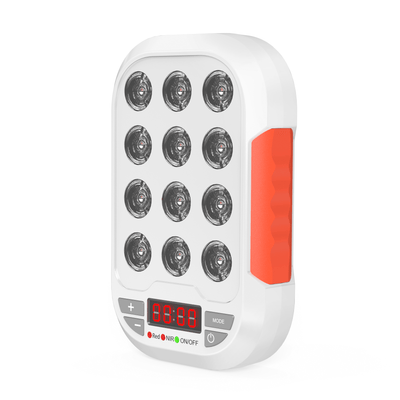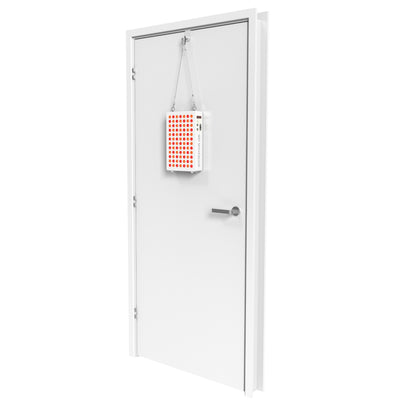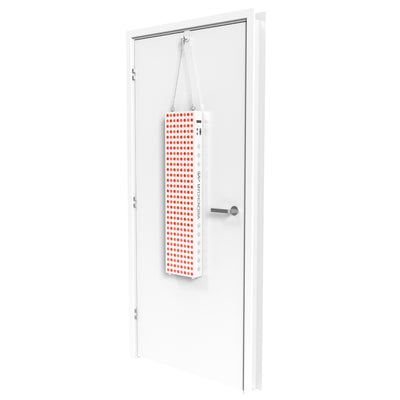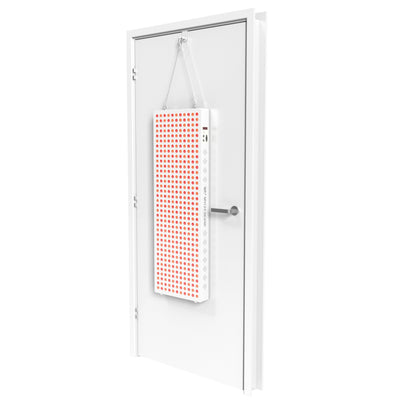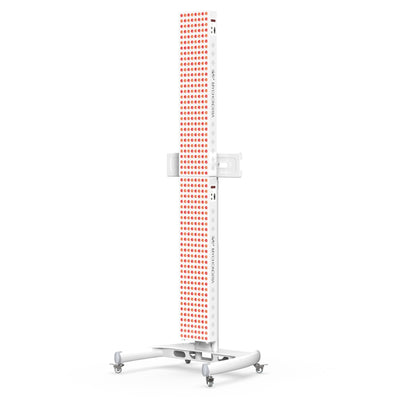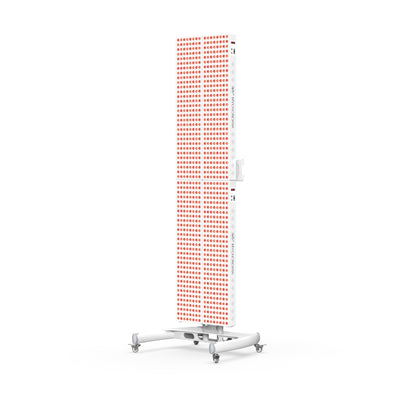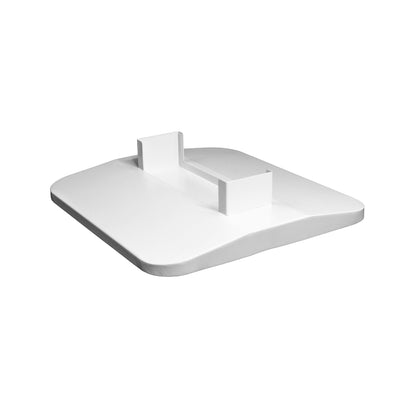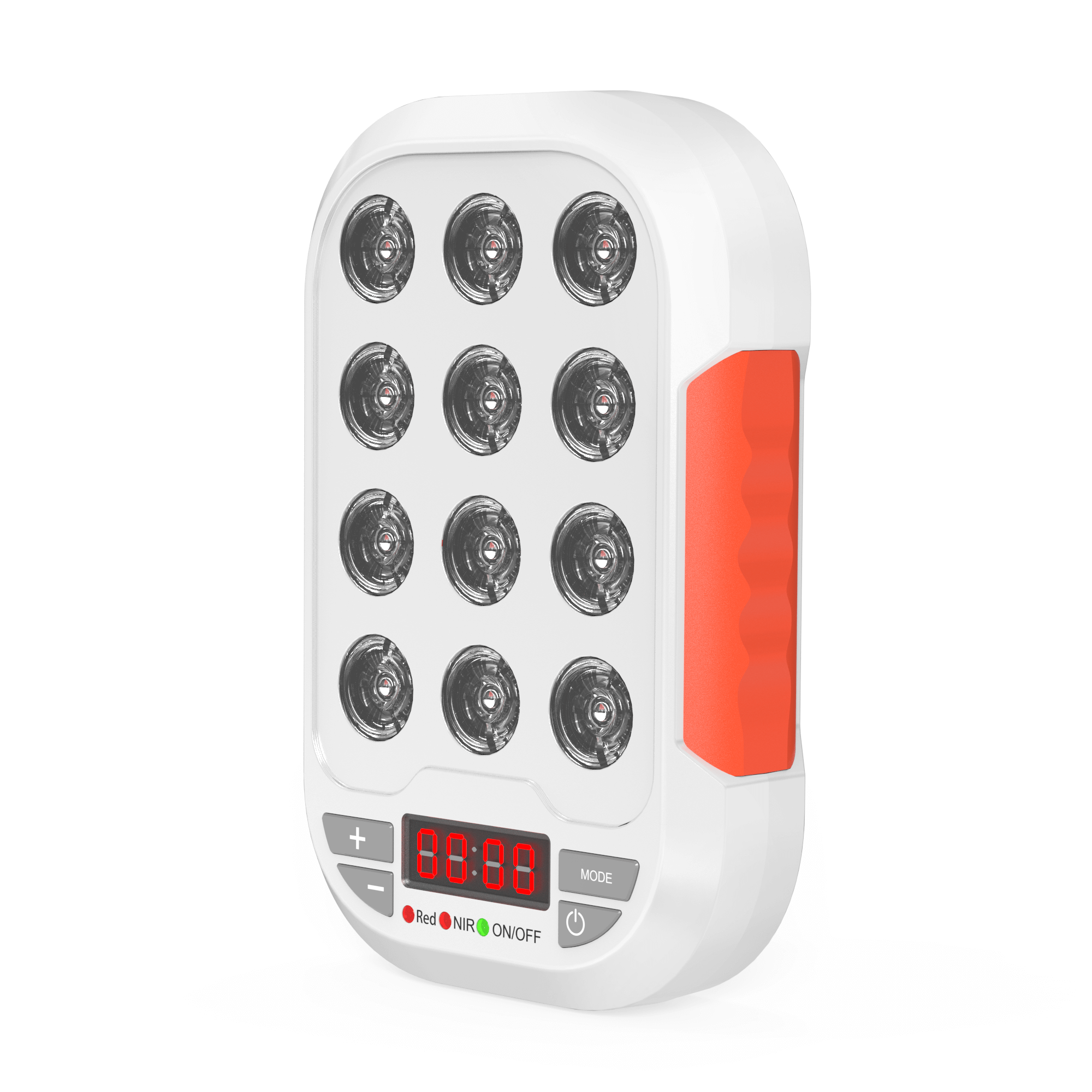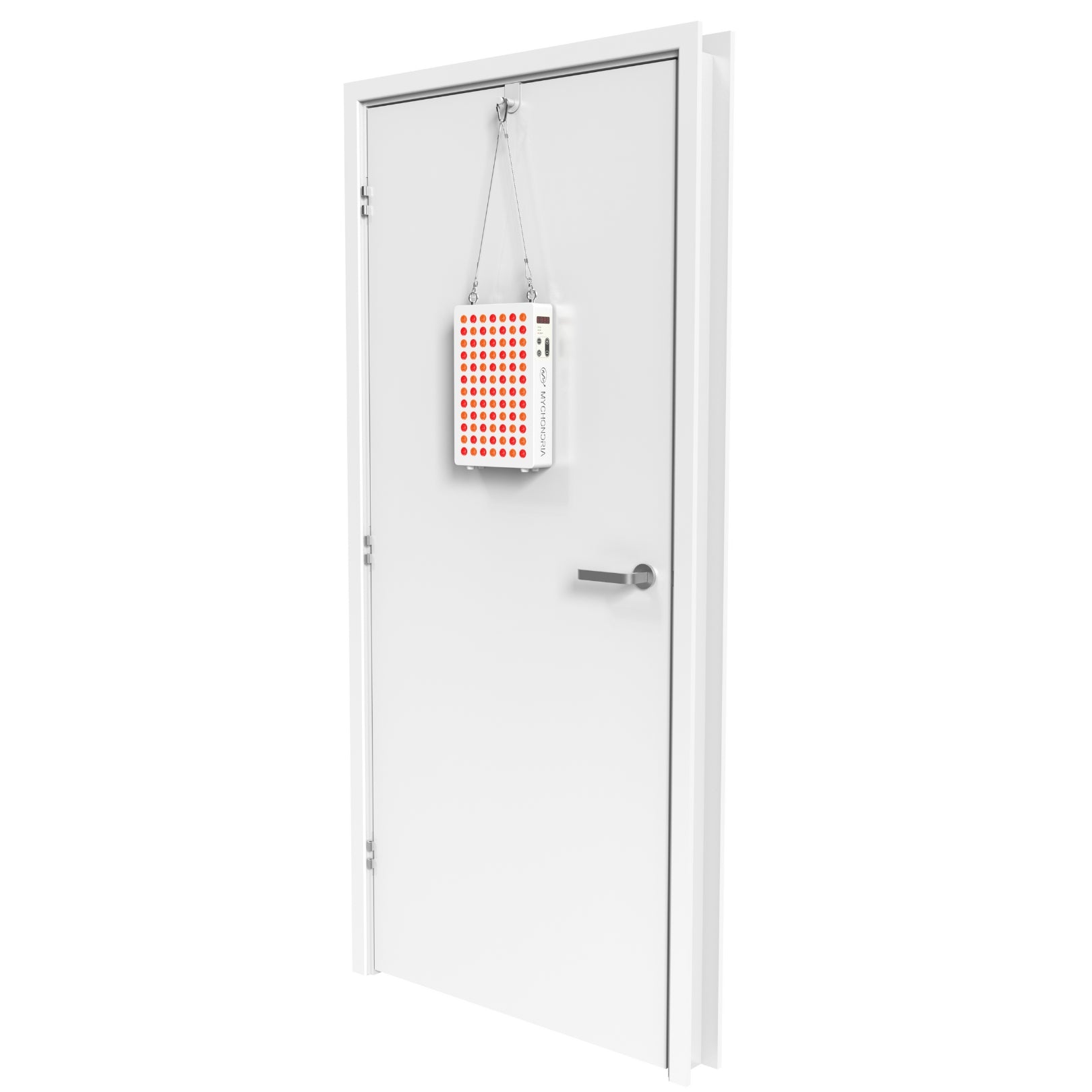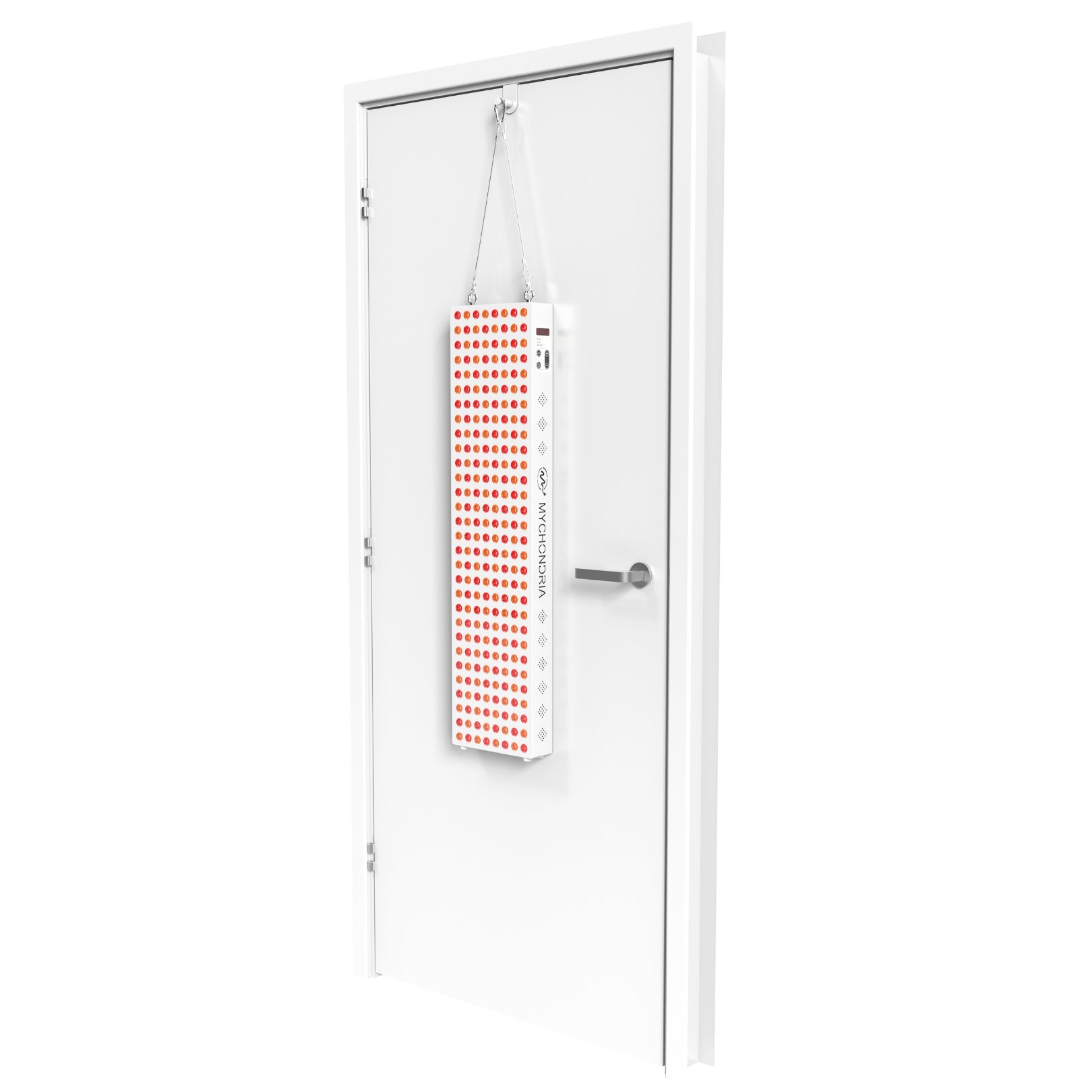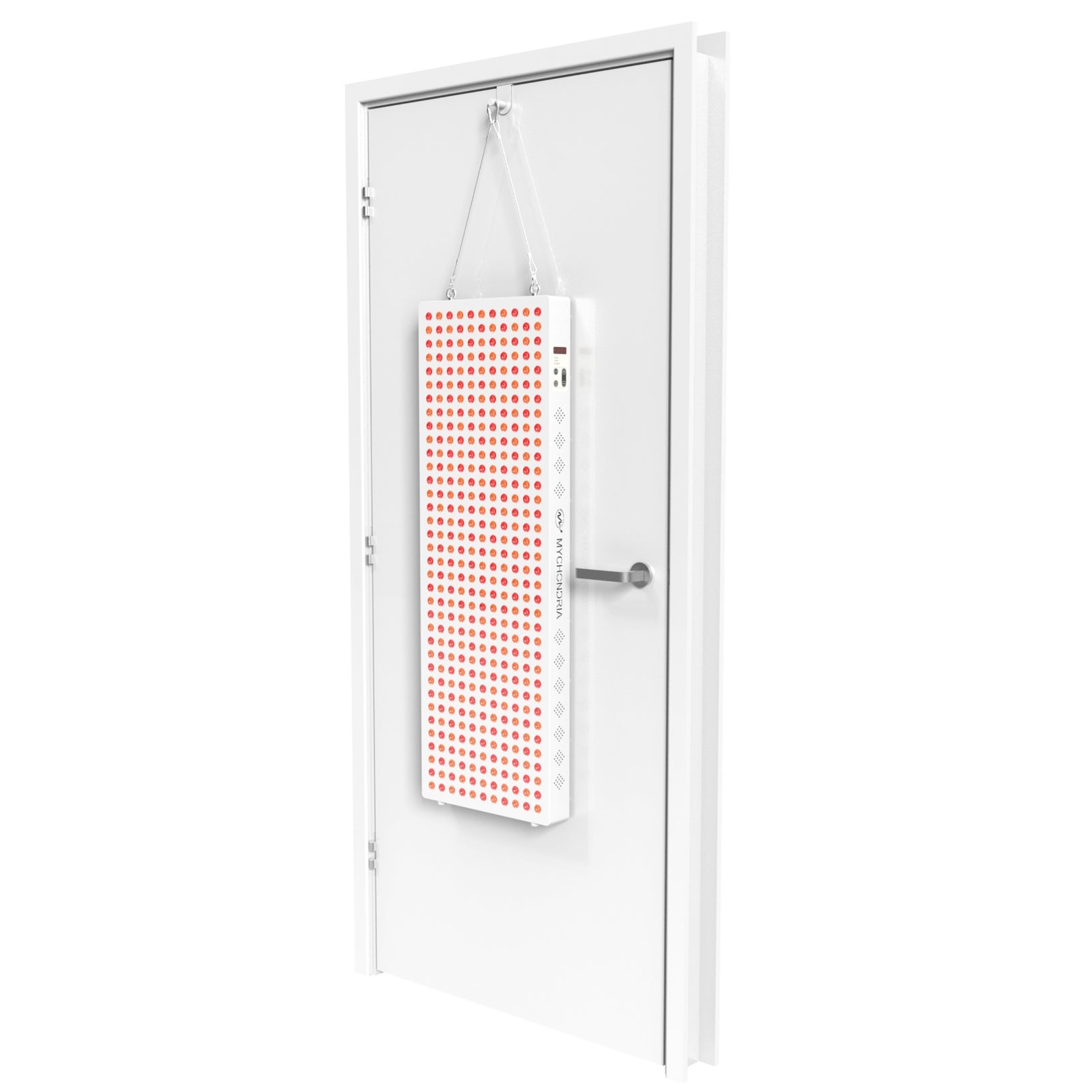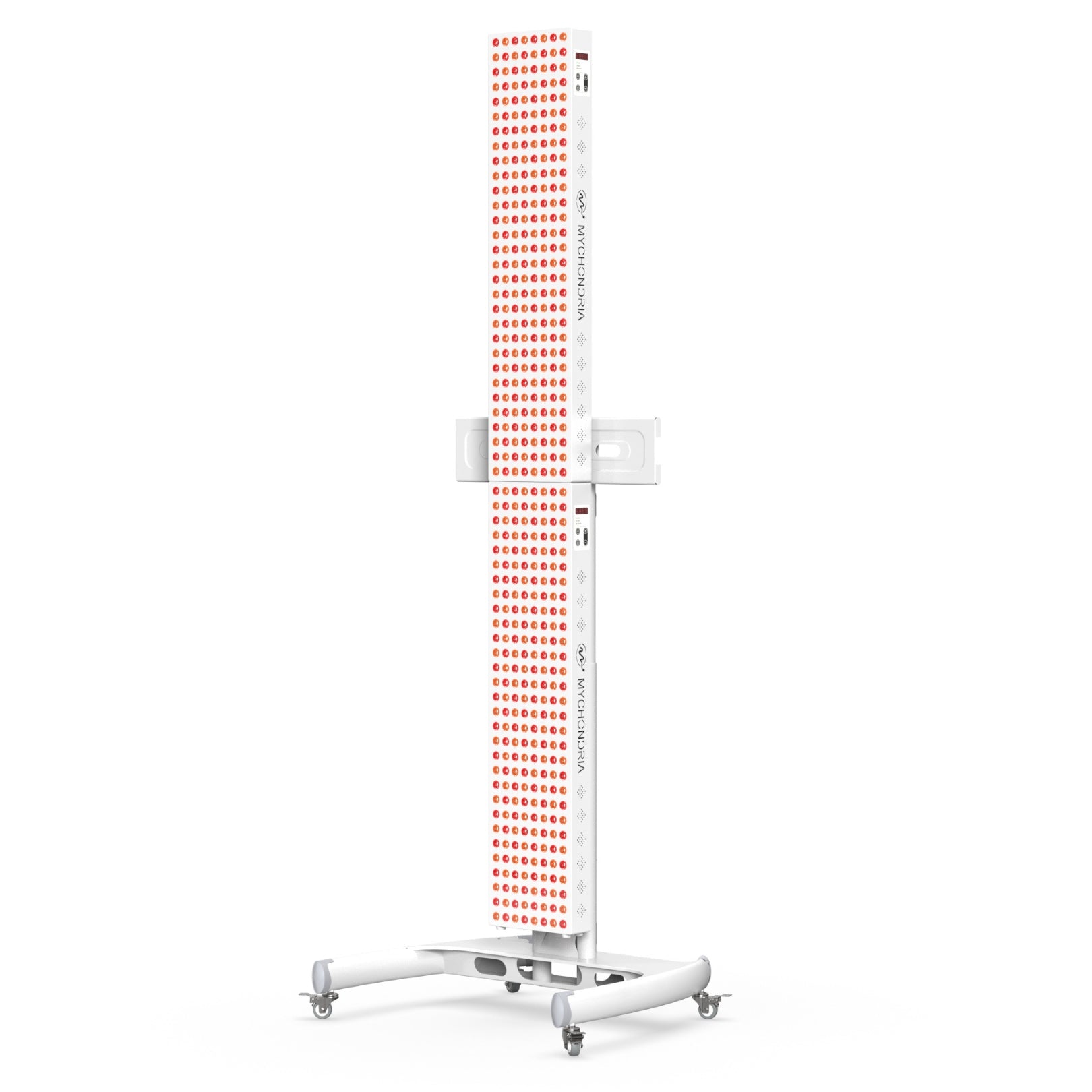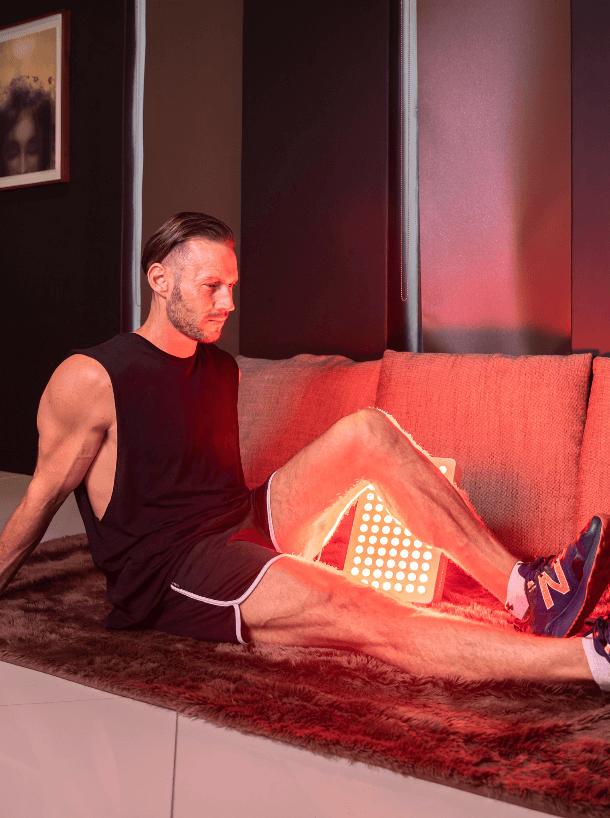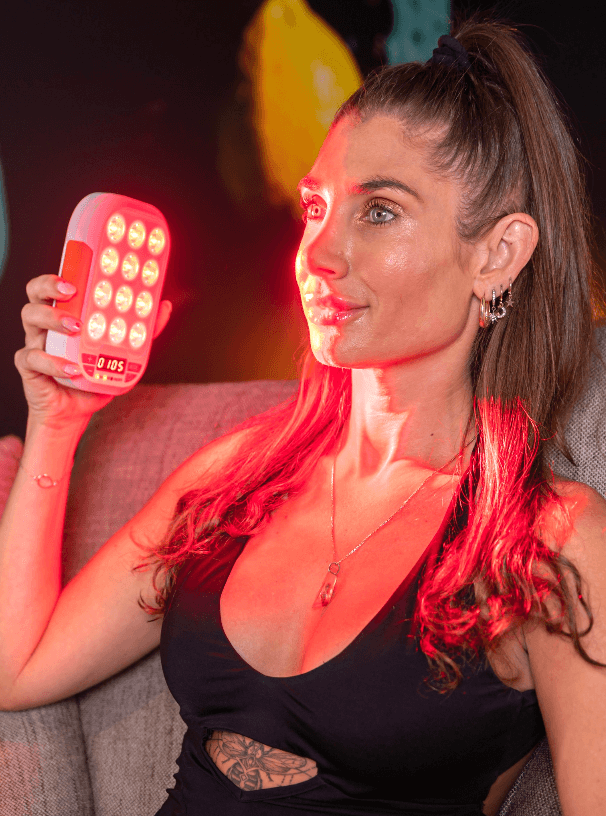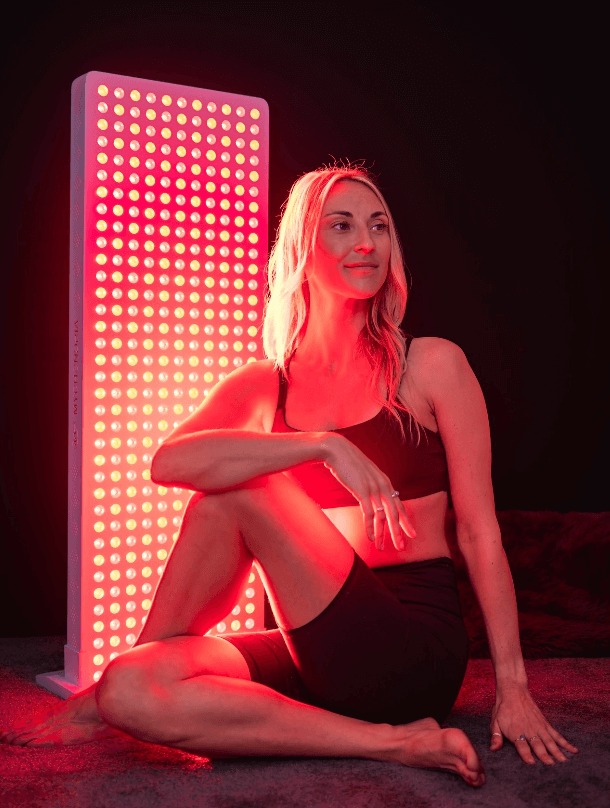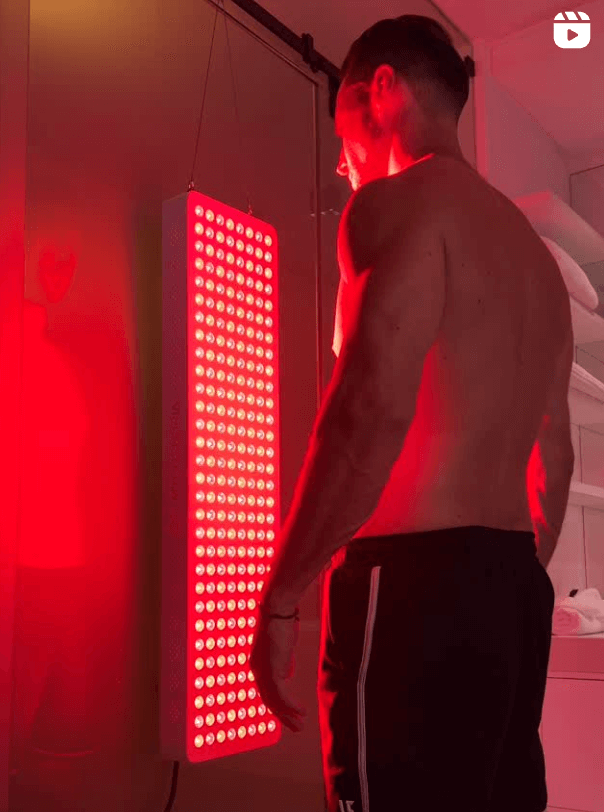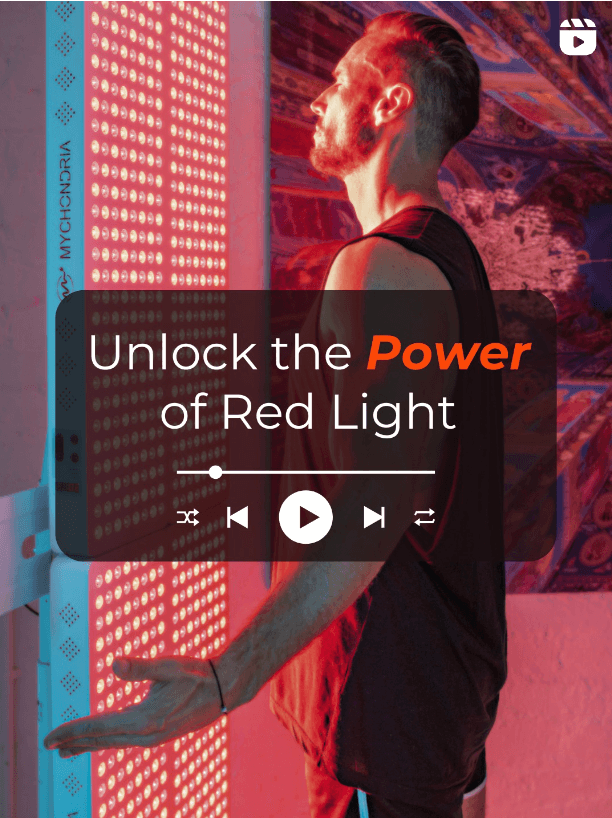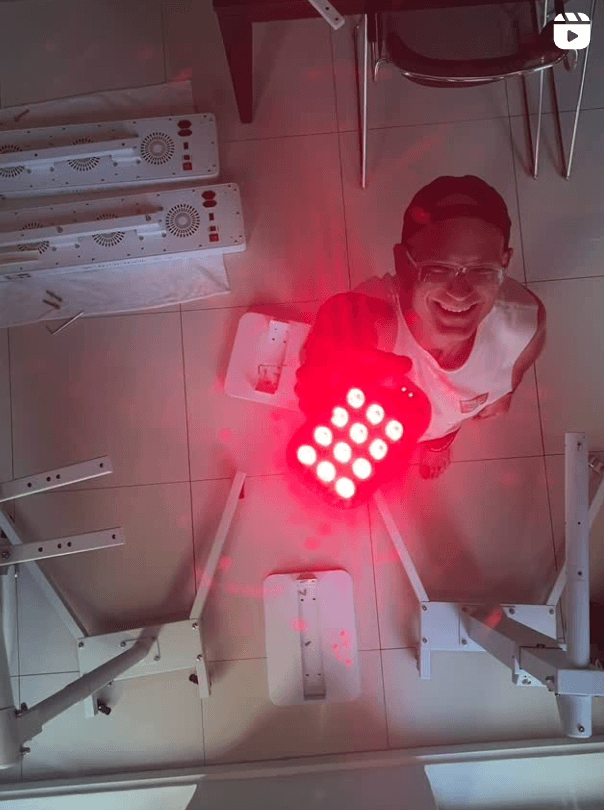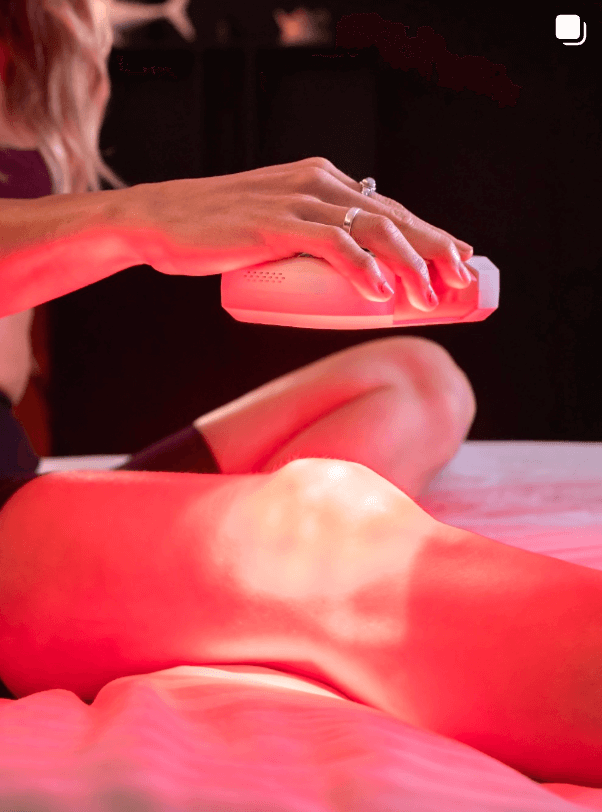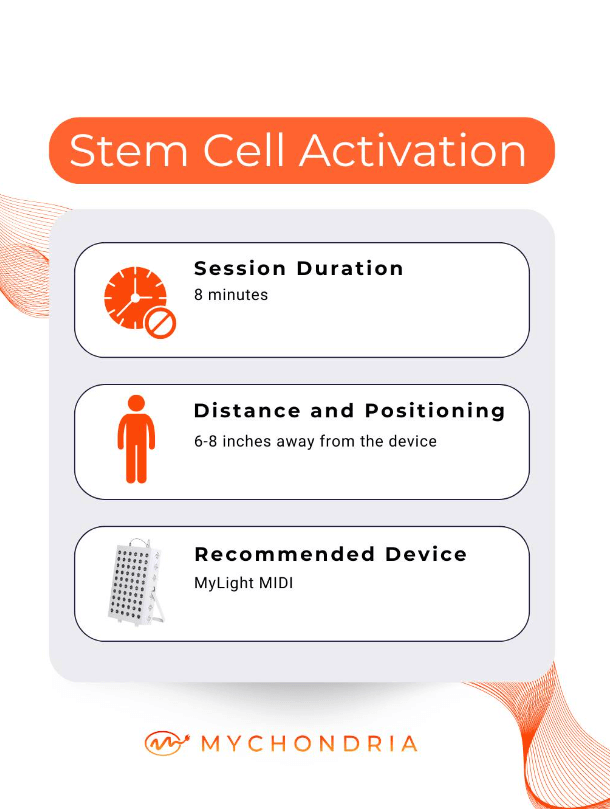The Truth About Light Intensity in Red Light Therapy Devices
If you’re thinking of buying a red light therapy device, this could save you hundreds of dollars. Most brands promote “clinical power,” but the truth is, they’re often exaggerating the light intensity of their devices using the wrong measurement tools.
In this blog, we’re going to uncover:
- The one spec most companies hide or manipulate
- How they inflate their numbers (and why it matters)
- The difference between solar meters and spectrometers
- How to tell if a company is being honest with you
📌 TL;DR:
- Most companies use solar meters to measure light intensity — which gives inflated results.
- This leads to devices claiming 100–150 mW/cm² that are actually closer to 30–50 mW/cm².
- Spectrometers measure specific wavelengths accurately — and match clinical testing standards.
- At Mychondria, we only use lab-grade spectrometers to verify every spec we publish.
💡 Why Light Intensity Is So Important
Light intensity determines your dose. Just like with medication, too little light and you won't see results. If a red light therapy device doesn’t deliver enough intensity, you’ll never match the doses used in clinical studies — and that’s where real healing happens.
🔍 The Spec Most Companies Cut Corners On
Out of all the specifications (wavelengths, EMFs, etc.), the one that's nearly always exaggerated is light intensity. And it’s not always obvious — even devices that claim “normal” numbers like 100 mW/cm² are often misleading.
🔬 Solar Meters vs. Spectrometers
There are two main tools used to measure light output:
- 1. Solar meters: Built to measure sunlight — a full spectrum of light spread evenly across many colors.
- 2. Spectrometers: Designed to measure specific wavelengths precisely — like red and near-infrared light from LEDs.
Solar meters work by finding a peak (like in sunlight) and assuming the full curve is filled in. That assumption works fine for the sun, but it fails with red light therapy panels that only emit a few narrow wavelengths.

It’s like hearing two people shouting in an empty stadium and assuming it’s packed. The solar meter sees a spike at 660nm and 850nm and guesses the rest must be filled with light — but it’s not.
⚠️ How It Inflates the Numbers
Let’s say a device reads “150 mW/cm²” with a solar meter. Measure that same device with a spectrometer — and the real number is likely 30 to 50 mW/cm². That’s a 2–3× inflation.
So if you’re wondering why some people don’t see results with their home device — this is usually the reason.
🔎 How to Know If a Brand Is Being Honest
This part is simple. If a company doesn’t say they used a spectrometer — assume they didn’t. After testing devices for over 6 years, we’ve seen the same pattern:
- ❌ Claims of “clinical strength” with no mention of the tool used
- ❌ Vague spec sheets without wavelength-specific intensity
- ❌ Resistance when asked what tool was used to measure
At Mychondria, we don’t cut corners. Every spec on our site is backed by proper testing using lab-grade spectroradiometers. No assumptions. No fluff. Just results.
🎥 Watch: The Video Breakdown
This video explains exactly how companies manipulate specs using solar meters — and how to spot it before you waste your money.
The Bottom Line
If a company can’t tell you exactly how they measured intensity — or they’re using a solar meter — then their numbers are probably wrong.
Don’t fall for inflated specs. Trust real, clinical-grade testing.
🔥 Featured Product: MyLight MAX 2.0
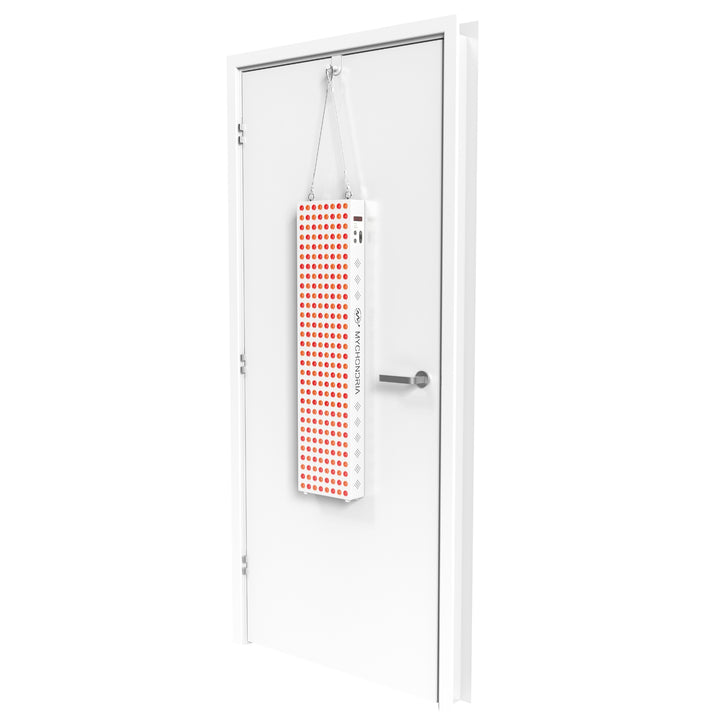
The MyLight MAX 2.0 delivers true clinical-grade power with 630nm, 660nm, and 850nm wavelengths — measured with a spectrometer, not a solar meter. If you want the same results as the research, this is the device to trust.
Shop Now